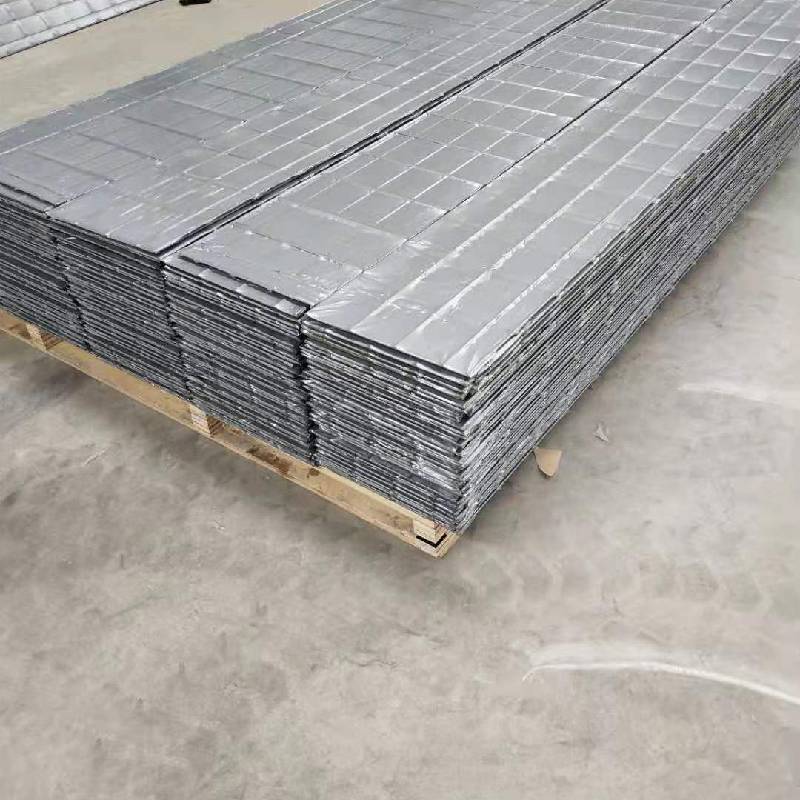
- Mobile Phone
- +8613931874955
- sales@cntcmetal.com
Innovative Designs and Applications of Composite Coil Springs in Modern Engineering Solutions
Understanding Composite Coil Springs An Innovative Solution for Modern Applications
In the ever-evolving world of engineering and design, composite materials have garnered significant attention for their potential to enhance performance while reducing weight. One particularly fascinating application of composite materials is in the production of coil springs. Composite coil springs are emerging as a viable alternative to traditional metal springs, offering a range of benefits across various industries.
What Are Composite Coil Springs?
Composite coil springs are made from a combination of materials, typically incorporating fibers like carbon or glass into a polymer matrix. This innovative blend optimizes strength, stiffness, and durability. The primary advantage of using composites is their ability to surpass the performance characteristics of conventional metal springs while providing significant reductions in weight.
Advantages of Composite Coil Springs
1. Weight Reduction One of the most compelling advantages of composite coil springs is their lightweight nature. Traditional metal springs can be bulky and heavy, which can hinder efficiency in applications like automotive and aerospace engineering. Composite springs, on the other hand, can achieve significant weight reductions—often 50% or more—without compromising performance.
2. Corrosion Resistance Unlike metal, which is susceptible to rust and corrosion, composite materials are inherently resistant to environmental factors. This resistance not only extends the lifespan of the springs but also reduces maintenance costs. In harsh environments, where exposure to chemicals and moisture is common, composite coil springs prove to be an ideal solution.
3. Fatigue Resistance Composite materials exhibit superior fatigue resistance compared to their metallic counterparts. This property makes composite coil springs particularly suitable for applications that involve repetitive loading and unloading cycles, such as automotive suspension systems and machinery.
4. Tailored Properties The flexibility in manufacturing composite materials allows engineers to design springs with specific properties tailored to unique applications. By adjusting the fiber orientation, type, and matrix, composite coil springs can be engineered to achieve desired hardness, stiffness, and elasticity.
composite coil springs

5. Vibration Damping Composite materials also offer excellent vibration damping characteristics. This is particularly beneficial in automotive applications, where reducing vibrations can enhance ride comfort and overall vehicle performance.
Applications of Composite Coil Springs
The advantages of composite coil springs have led to their incorporation in various sectors
- Automotive Industry Manufacturers are increasingly adopting composite springs to improve fuel efficiency and performance in vehicles. By reducing weight, composite springs can lead to better handling and lower emissions.
- Aerospace In aerospace applications, every ounce matters. Composite coil springs contribute significantly to weight savings, which can translate to increased payload capacity and fuel efficiency.
- Industrial Machinery In machinery, composite springs can improve performance and reliability, especially in systems that experience high cycles of operation.
- Sports Equipment The sporting goods industry has begun to explore composite springs in equipment like bicycles, enhancing performance while reducing fatigue for athletes.
Conclusion
Composite coil springs represent a significant advancement in spring technology, marrying the benefits of traditional steel with the innovative capabilities of composite materials. As industries continue to seek methods to improve efficiency and performance while reducing weight, the role of composite coil springs is likely to expand. With ongoing developments in material science and manufacturing techniques, the future looks promising for these innovative components. Embracing composite coil springs can not only enhance product performance but also lead to more sustainable engineering practices, marking a step forward in the design and application of springs across various sectors.
share:
-
Yard Sign Stakes: Reliable Guardians of Outdoor SignsNewsAug.04,2025
-
Wall Ties: Invisible Guardians of Building StabilityNewsAug.04,2025
-
Resilient Web: The Super Guardian Power of Concrete MeshNewsAug.04,2025
-
Masonry Accessories: A versatile assistant on building foundationsNewsAug.04,2025
-
Iron Binding Wire: the 'invisible reinforcement specialist' in the fields of architecture and industryNewsAug.04,2025
-
Dynamic Spring: The diverse functions and excellent performance of Wire Tension SpringNewsAug.04,2025
-
Your Source for Concrete Wall Ties and Masonry AccessoriesNewsJul.10,2025



















